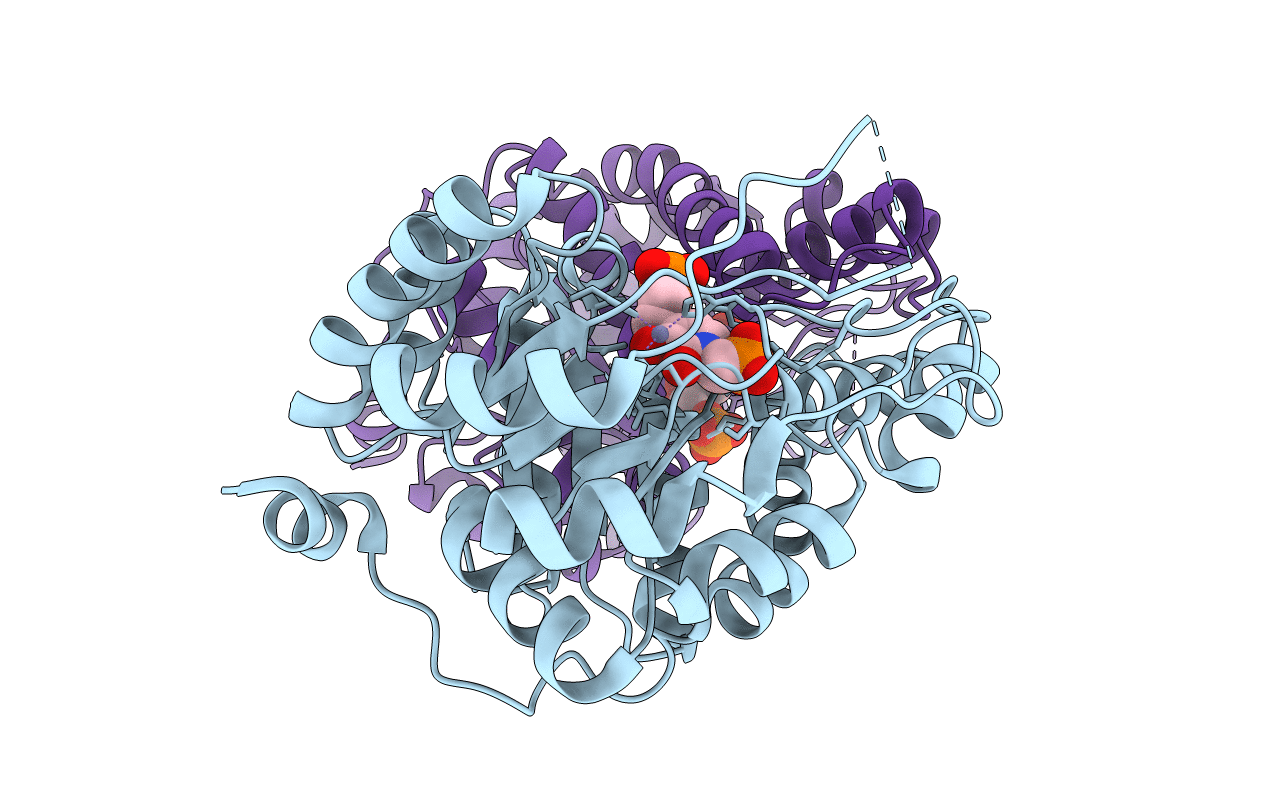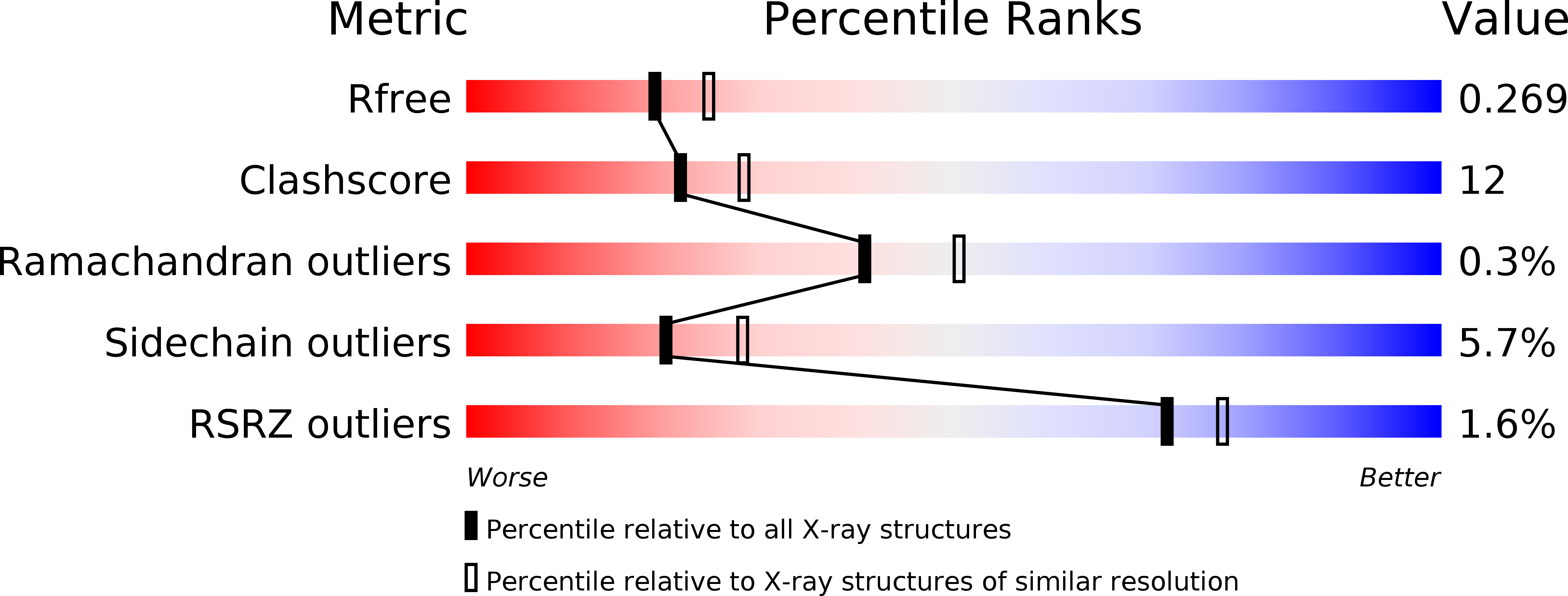
Deposition Date
2010-08-17
Release Date
2011-01-19
Last Version Date
2023-09-06
Entry Detail
PDB ID:
3OHI
Keywords:
Title:
Structure of Giardia fructose-1,6-biphosphate aldolase in complex with 3-hydroxy-2-pyridone
Biological Source:
Source Organism:
Giardia intestinalis (Taxon ID: 5741)
Host Organism:
Method Details:
Experimental Method:
Resolution:
2.30 Å
R-Value Free:
0.27
R-Value Work:
0.19
R-Value Observed:
0.20
Space Group:
P 21 21 21


